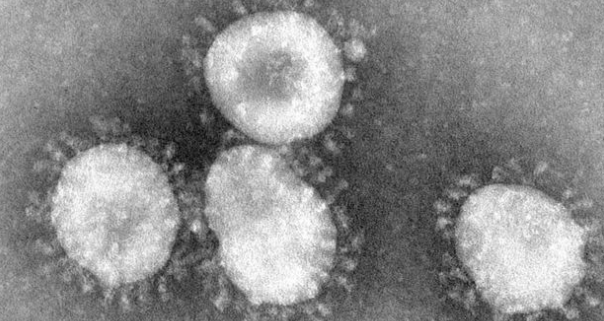June Almeida, daughter of a Scottish bus driver was the woman who discovered the first human coronavirus in 1964 at the age of 35 Years. She was an internationally known virologist who invented new techniques for viral imaging and diagnosis.
In 1964, she and her colleague spotted a new kind of virus, much like the sun’s corona but it was rejected by a peer-reviewed journal.
The photos she had captured were ignored by the referees as “just poor pictures of influenza virus particles” of a virus surrounded by what seemed to be a halo or a crown. Little did they suspect, however, that the virus they were studying would wreak havoc on the planet just over 50 years down the line.
About June Almeida –
June Dalziel Almeida (5 October 1930-1 December 2007) was a Scottish virologist, a pioneer in the area of virus imaging, classification, and diagnosis. Almeida was recruited to London in 1964 by St Thomas’s Hospital Medical School.
She left school in 1947 when Almeida was 16, and despite her academic ability at that time she did not have the financial resources to attend university.
Through 1964, based on her publications of her work conducted at the Ontario Cancer Institute and at St Thomas on electron micrographic antibody studies, Almeida had received her Doctor of Science (Sc.D.)

In 1985 Almeida retired from virology, but remained interested and curious. She became a yoga teacher, learned how to restore fine china, and cultivated a keen eye for antiquities that she sometimes searched for with her second husband Phillip Gardner, also a retired virologist.
Before her death at the age of 77 in 2007, Almeida returned to St. Thomas as a consultant and helped to publish some of the first high-quality photographs of HIV, the AIDS-causing virus.
Other discoveries by June Almeida
The system used by Almeida also helped to classify common cold viruses which could not be conventionally cultivated.
Using immune electron microscopy she also found that the hepatitis B virus has two distinct components, one on the surface and one on the inside.
This helped the scientific community understand that the surface component of antibodies had a protective effect against infection, an understanding which helped to develop a disease vaccine. Her publications were awarded a Doctor of Science (D.Sc) by the 1970’s.
Almeida is credited with teaching immune electron microscopy technique to Dr. A.Z. Kapikian of the National Institutes of Health of the U.S. government, who used it to classify the norovirus that triggers ‘winter vomiting disease’ outbreaks.
In 1979 she co-authored a World Health Organization manual for rapid laboratory viral diagnosis. Today, most of the articles and textbooks analyzing virology include her virus electron micrographs.
June Almeida died in 2007, when she was 77 years old.
Now, 13 years after her death, she finally gets the recognition that she deserves as a visionary whose research has accelerated awareness of the virus that is spreading all over the world at present.



